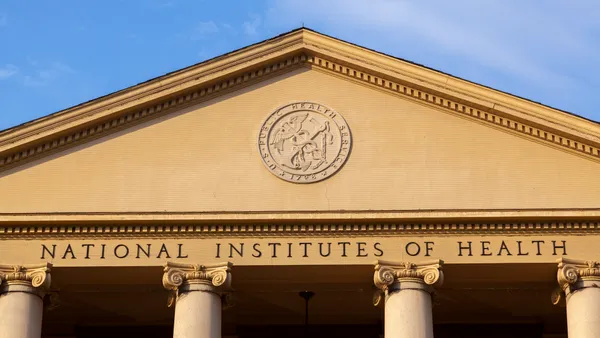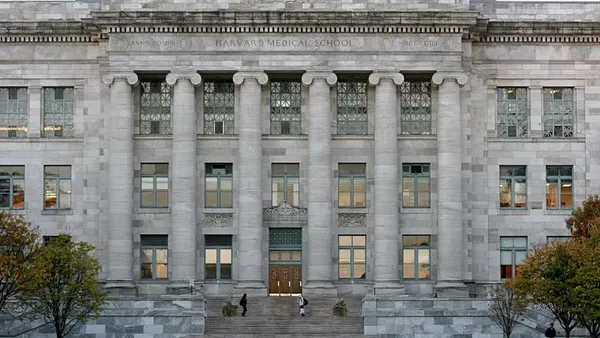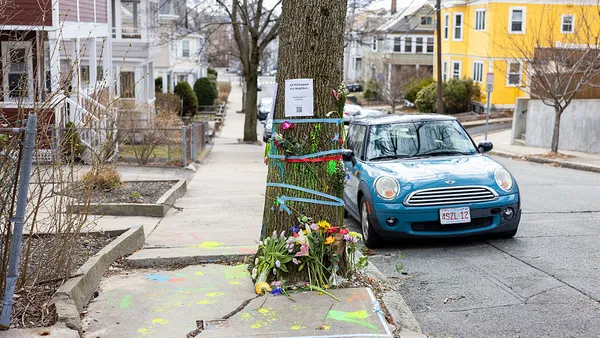Dive Brief:
- Asian American students are 28% less likely to be accepted at selective colleges than their White counterparts with similar academic qualifications, according to an August working paper published by the National Bureau of Economic Research.
- The gap was worse for students of South Asian descent, who were 49% less likely to gain admission than their White peers with comparable applications. East Asian and Southeast Asian applicants' odds were 17% lower than their White peers.
- Much of the disparity stemmed from legacy admissions policies that favor the children of alumni, who were more likely to be White, the paper said.
Dive Insight:
The question of whether the college admissions process discriminates against Asian American students has persisted for decades. One of the two lawsuits that ultimately led to the U.S. Supreme Court's recent ruling against race-conscious admissions alleged Harvard University disfavored Asian American applicants.
But the NBER paper said the admissions gulf between White and Asian American admission rates is separate and "conceptually distinct" from affirmative action.
Doing away with race-conscious admissions won't rectify the gap, nor would its existence prevent Asian American students from achieving parity. In fact, colleges were able to admit Asian American and White students at comparable rates while still using affirmative action policies, the paper said.
Researchers analyzed the test scores, grade point averages and extracurricular activities of almost 686,000 college applications from roughly 293,000 Asian American and White students. They further disaggregated Asian American student data by South Asia, East Asia and Southeast Asia subgroups. The data spanned five admission cycles, beginning with 2015-16.
Common institutional policies, like legacy admissions favoring alumni's family members, disproportionately hurt Asian American students, the paper found.
Both White and Asian American legacy applicants were more than twice as likely to be accepted than applicants without legacy status. But East Asian and Southeast Asian students were roughly three times less likely to have legacy status than White students. The likelihood for South Asian students plummeted almost six times lower than White students.
At the same time, Asian American applicants could not simply outperform their competition, the paper said. Even though they had higher average standardized test scores than White students, they faced worse odds of being admitted. Among students in the 99th percentile of test takers, South Asian students were 43% less likely to be accepted to a selective college than White students.
In their primary analysis, researchers excluded applications from students who appeared to be recruited athletes, since colleges likely judged those applicants using qualitatively distinct criteria.
Still, athletic recruits were four times more likely to be White than Asian American, the paper said. If prospective athletes had been included, the admissions gap between White and Asian American students would have been even greater.
If colleges only considered standardized test scores and extracurricular activities, and accepted the same number of White and Asian American students, the number of South Asian and East Asian students would increase substantially, the paper found. Enrollment of Southeast Asian students would remain roughly the same.
This research isn't the first to find disparities in college acceptance rates based on factors other than student performance.
Another working paper, published last month by researchers from Harvard and Brown universities, found that applicants from families in the top 1% of wealth were more than twice as likely to be admitted to an Ivy League college or similarly selective institution compared to low- and moderate-income students with equivalent SAT and ACT scores.













